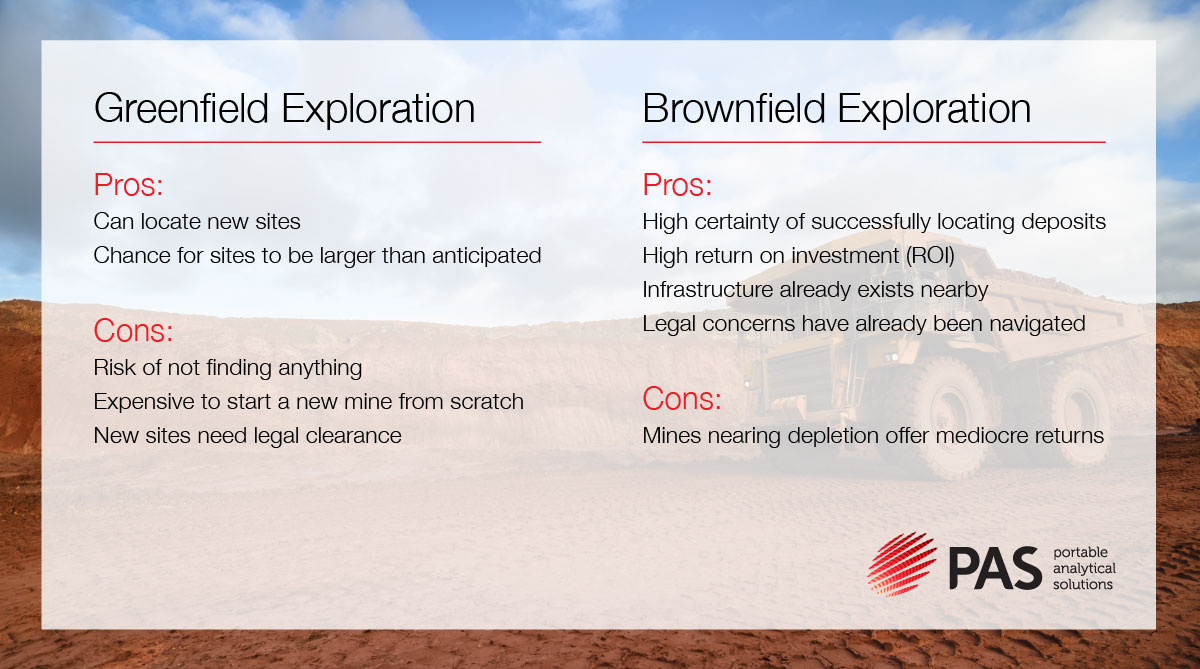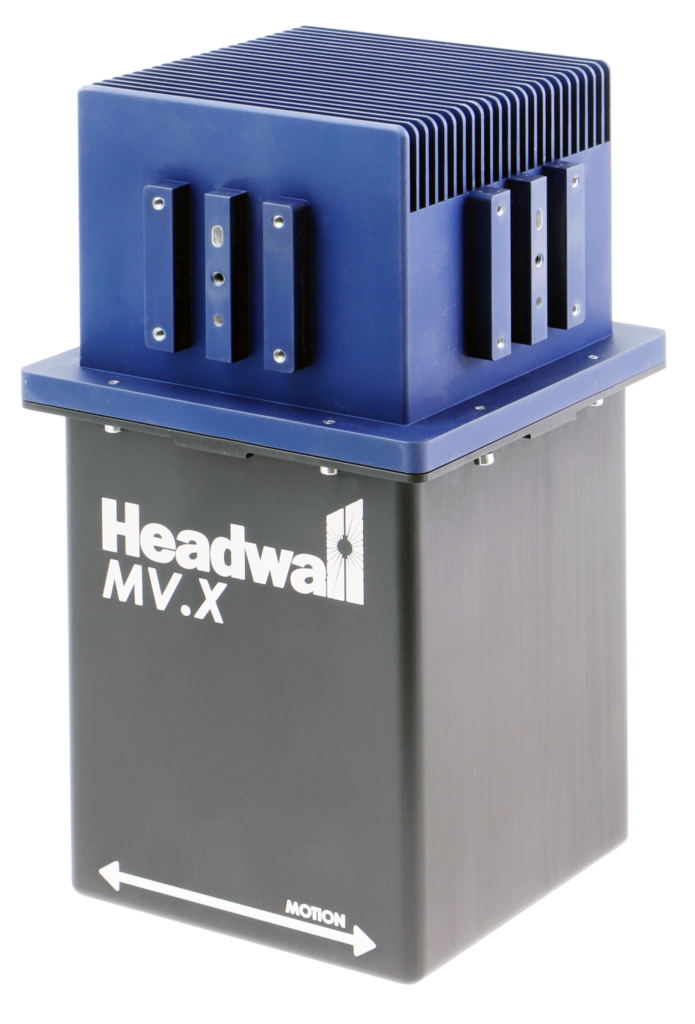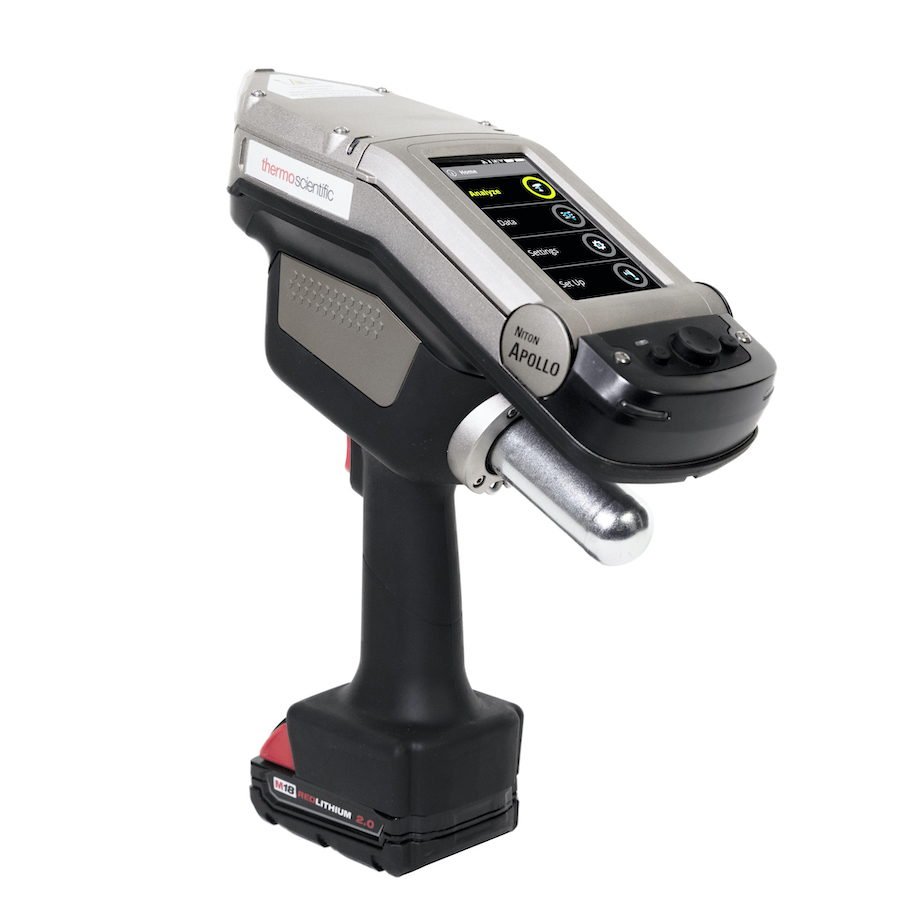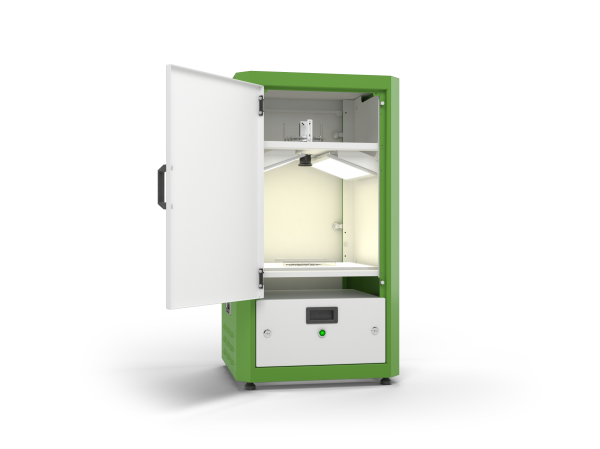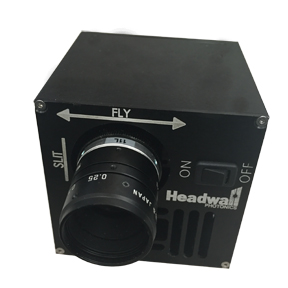Mesothelioma Caused By Asbestos: A Complete Guide
Asbestos was used as a cheap, multi-purpose material throughout most of the 20th Century.
Unfortunately, what people didn’t realise was that the handy mineral lurking in many of their households was actually deadly if inhaled.
Read on for a complete guide to one of the most deadly and tragic consequences of asbestos inhalation – mesothelioma.
What is Asbestos?
Asbestos is a mineral that naturally forms into flexible fibres These fibres have been used for a variety of purposes ranging from construction and insulation, to paper and plastic. While its use steadily declined from the 1980’s after its health risks became public knowledge, the buying and selling of asbestos wasn’t officially banned in Australia until 2003.
Risks of exposure are much lower than when asbestos was still being actively used, however, it is still a threat due to how many homes and products still contain it without their owner’s knowledge. Construction and scrap metal industry workers are particularly at risk when working with properties or materials made before the 1990’s.
Workers who have been exposed may suffer from cancer and other lung related health conditions. Of these, mesothelioma is considered one of the most deadly.
Learn more about the danger of asbestos.
What is Mesothelioma?
Malignant mesothelioma is a cancer that develops in the outer tissue of internal organs in the human body. Due to its tendency for developing on vital organs, mesothelioma is very difficult to treat or remove.
The most common organ affected is the lungs, but it also appears on organs like the heart or the stomach, and even the testicles.
Symptoms
The symptoms of mesothelioma differ depending on the type, and also the area of the body where it has formed.
Pleural mesothelioma occurs in the lungs and causes:
- Lumps in the skin on your chest
- General chest pain
- Painful coughing and shortness of breath
- Weight loss
Peritoneal mesothelioma affects the abdomen and causes:
- Abominable swelling
- Abdominal pain
- Nausea
- Constipation
- Weight loss
Pericardial mesothelioma affects the heart and causes:
- Shortness of breath
- Chest pains
- Irregular heartbeat or heart murmurs
Tunica vaginalis mesothelioma occurs in the testicles and causes:
- Swelling
- Lumps
Unfortunately, the majority of these symptoms don’t become noticeable until later stages. Symptoms can also be confused with other common ailments, and therefore treatment isn’t sought out.
How Does Asbestos Cause Mesothelioma?
Asbestos exposure is the primary causal factor in 90% of mesothelioma cases.
When asbestos fibres become airborne, such as during the demolition of a house containing asbestos, they can be inhaled and later turn cancerous. The inhaled fibres can become lodged in the lungs, or can enter the digestive system and become lodged in the abdominal cavity or the testicles.
Unfortunately, the human body cannot break down asbestos fibres. This means prolonged or frequent exposure can lead to large accumulations of the deadly fibres.
Over time, they damage the DNA of healthy cells and rampant cancer growth breaks out wherever the fibres are lodged.
How is Mesothelioma Treated
Sadly, most cases of mesothelioma are terminal. People are usually asymptomatic during the early stages, while during the later stages symptoms are severe and progress quickly. Only 50% of sufferers will survive a year after diagnosis, with only 10% living for a further 5 years.
The main reason survival rates are so low is because the cancer is so difficult to remove. Instead of forming tumours that can be removed in one operation, mesothelioma grows along the tissue of multiple organs, which means it is difficult to operate on, and to target for radiation therapy.
The most important treatment plan for mesothelioma sufferers is often palliative care, focusing on pain relief and prolonging life.
Prevent Mesothelioma with Preventative Asbestos Testing
With such a poor outlook once mesothelioma has been diagnosed, the most important way to fight it is to prevent the asbestos exposure that causes it in the first place.
If you work in an industry with a high asbestos exposure risk, like construction or scrap metal sorting, analysing a site before you put yourself or your team at risk is essential.
Unfortunately, it is also time consuming. Many suspected asbestos cases are negative, and unexpectedly finding asbestos on a job can be dangerous – and halt progress.
To avoid this, you need a way to screen sites quickly and accurately before putting your team at risk.
The MicroPHAZAER AS Asbestos Analyser
The MicroPHAZAER AS is an industry leading asbestos detection tool. With its simple point-and-shoot function, and accurate results delivered in just 10 seconds, detecting asbestos safely couldn’t be simpler.
The MicroPHAZAR AS is non-invasive, which means you can also avoid the time-consuming safety precautions required for manually taking samples.
To screen a site, simply conduct a series of scans at different points, and if the results are negative you are clear to proceed. If the results are positive, send the sample away for lab confirmation safe in the knowledge that you didn’t accidentally expose any of your team.
If you want to protect yourself and your team from harmful conditions such as mesothelioma, get in contact today to acquire a MicroPHAZAR AS.
For more information about, visit our website.
